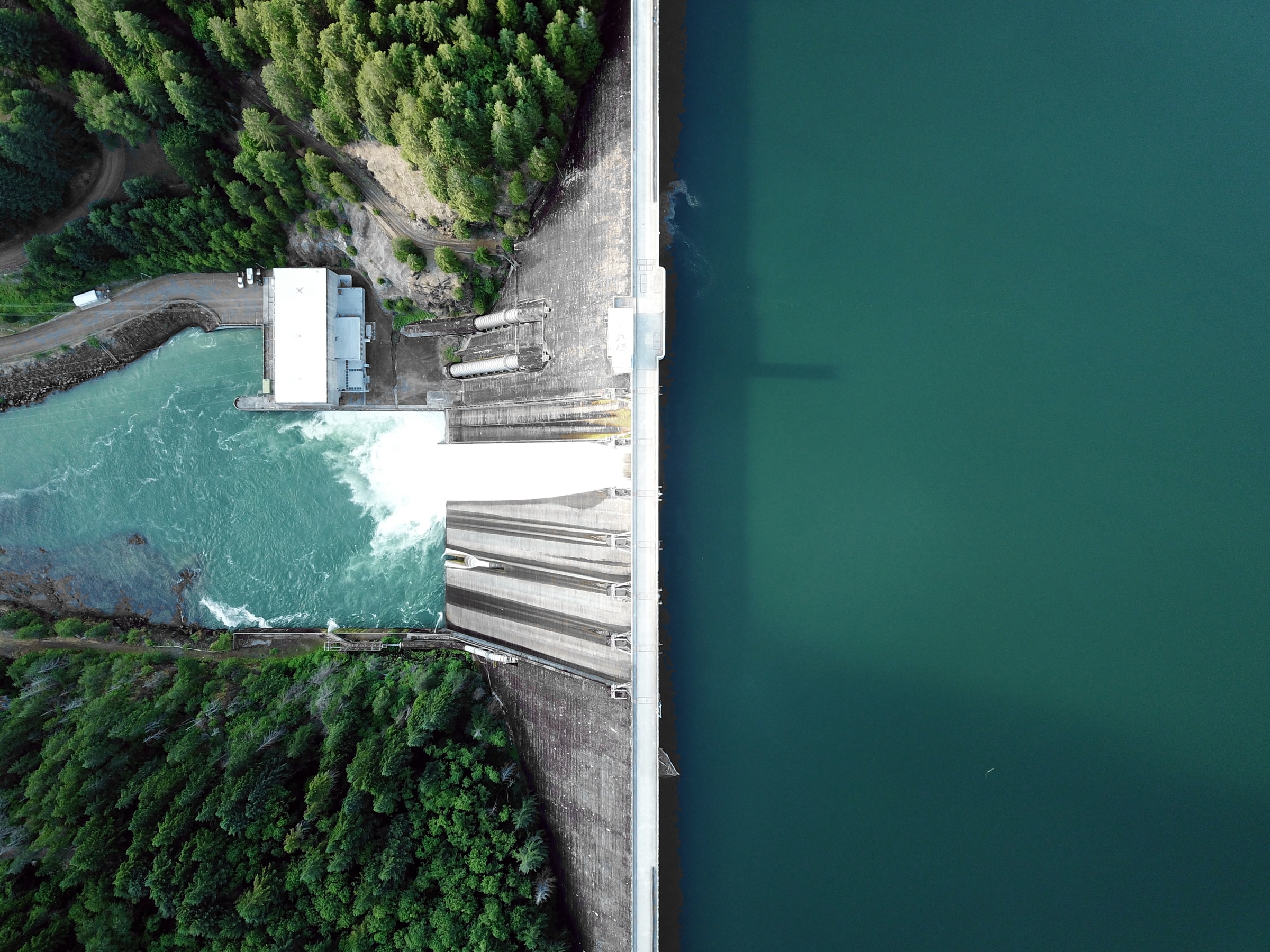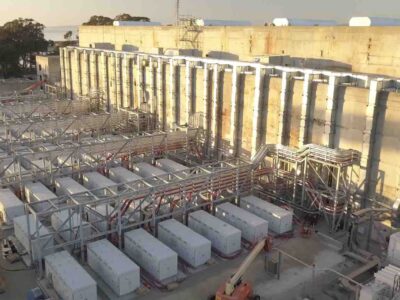One of the biggest sustainable investing stories of the summer was the $2 billion raised in a funding round by Generate Capital, a San Francisco-based green infrastructure investment firm. The dollar amount represented one of the largest single private investments in sustainability to date and came amid a worldwide effort to rebuild crumbling infrastructure in a more eco-friendly way.
The round was led by existing investors AustralianSuper and QIC and also included new investment from Harbert Management Corporation, Aware Super, and CBRE Caledon. Leading pension funds and institutional investors from Australia, the U.S., and Europe were involved as well, including additional commitments from existing investors AP2 of Sweden, Railways Pension of the UK, and The Wellcome Trust.
The latest funding round followed a $1 billion round in February 2020 and brought Generate Capital’s balance sheet capacity to about $10 billion. The fact that so many large institutional investors have taken part in funding Generate Capital speaks not only to the company’s profit potential, but also its status as a major player in sustainable infrastructure projects.
Generate Capital builds, owns, operates, and finances infrastructure designed to provide sustainable, affordable, and reliable resource solutions for companies, governments, and communities. Over the last seven years, it has built a portfolio of about $2 billion in sustainable infrastructure assets across the energy, waste, water, and transport markets.
The company, founded in 2014, operates on the leading edge of two of the hottest investing trends — clean energy and infrastructure. It brings both financial and operational expertise to the more than 2,000 assets it owns around the world and handles everything from financing and construction to day-to-day management.
Generate works with more than 40 technology and project development partners to build infrastructure that serves more than 1,000 clients across North America. Customers include private businesses, universities, school districts, cities, and non-profits.
The new infusion of equity makes Generate one of the most well-capitalized sustainability-focused enterprises in the world, putting it in a position to keep expanding its reach into new sectors and regions to meet the rising demand for new infrastructure (look no further than the Biden Administration’s $1 trillion infrastructure plan.)
“Successful infrastructure projects require a long time horizon, dedicated operational expertise, and a commitment to deliver returns for all of the many stakeholders involved in infrastructure,” Generate CEO and Co-Founder Scott Jacobs said in a press release announcing the funding round. “The urgent need to deploy proven climate solutions and get the world to a Net Zero pathway has never been greater.”
Despite the COVID-19 pandemic and uncertain economy, Generate has seen its business accelerate over the past year or so. The company has doubled its staff across all business lines and launched its Generate Credit unit, which looks to create more credit solutions for green projects and companies.
Meanwhile, Generate has already started the process of expanding beyond North America. There should be plenty of growth opportunities overseas – especially considering the titanic changes that have been brought on by global warming, the pandemic, renewable energy, and the rise in corporate sustainability initiatives.
In an August 9 guest column for Fortune, Jacobs himself addressed the urgent need for new ways of thinking about infrastructure. He cited a World Bank report stating that 70% of global emissions today stem from operating and building infrastructure.“Infrastructure — more than any other type of investment — is a bet for future generations,” Jacobs wrote. “Each time we greenlight a project, we are implicitly stating that it will be useful for the next 30 or even 50 years. We need all of this infrastructure to work together. We do not have to choose between rebuilding our electric grid or neglecting it. Building solar and batteries and microgrids at the same time as we modernize the electric grid will make our large renewable projects and electric vehicle chargers more effective.”





